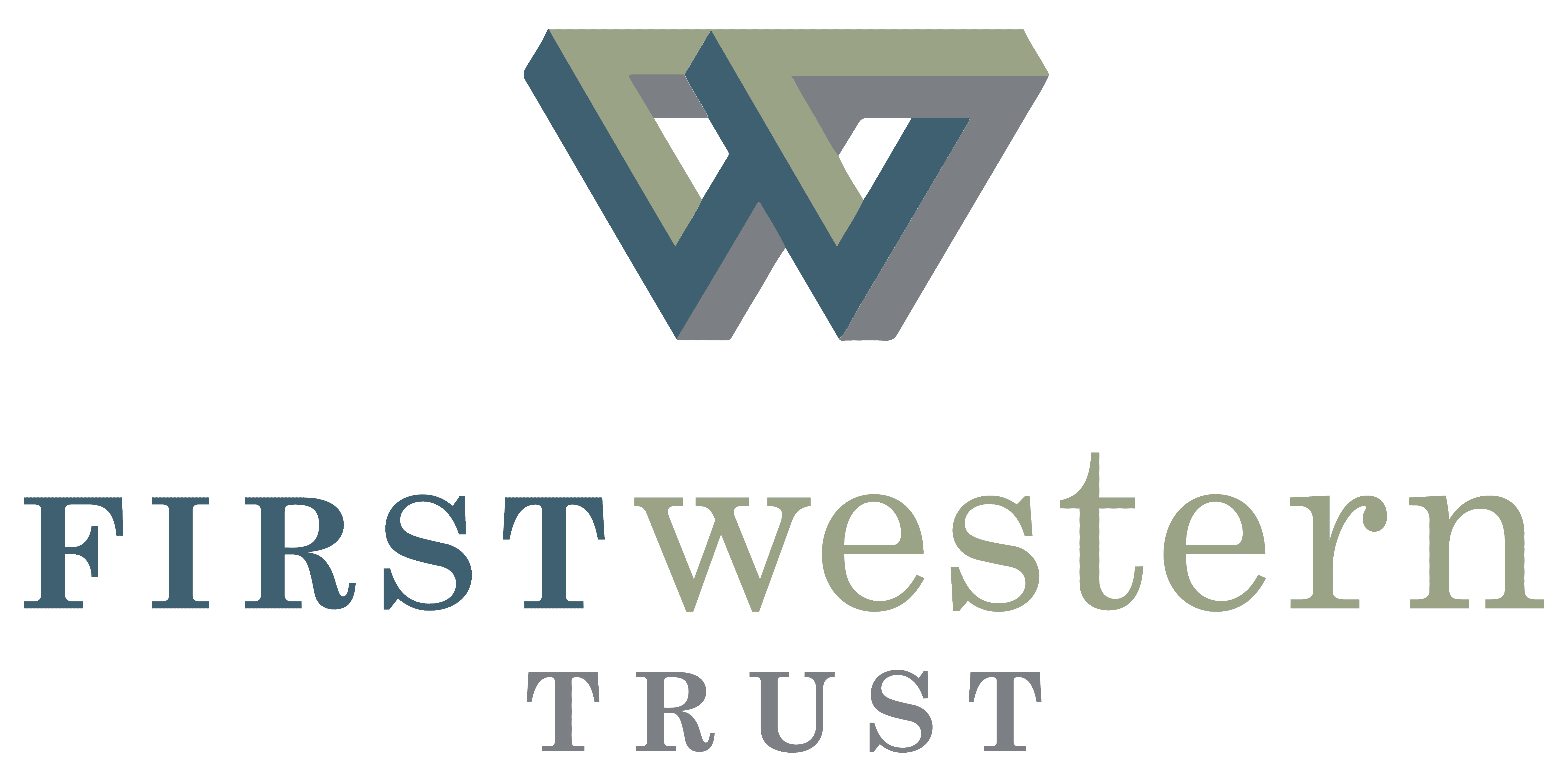
Week in Review: December 9, 2022
December 12, 2022
Recap & Commentary
Markets ended the week lower, as stronger-than-expected economic data and a Wall Street Journal article suggesting the Federal Reserve will raise its 2023 interest rate outlook at its upcoming meeting rekindled concerns about the future path of monetary policy.
That the Fed might raise its forecast should not have surprised investors given Fed Chair Jay Powell intimated as much at a recent speech when he said, “the ultimate level of rates will need to be somewhat higher than thought at the time of the September meeting.” Markets, however, seemed to overlook that comment, focusing instead on his suggestion that the Fed will reduce the size of its next rate hike from 0.75% to 0.50% when the Fed meets in December.
As written previously, market sentiment is currently walking a fine line between positive economic data that elicits fears of a continued aggressive Fed response and negative economic data that raises the specter of a recession. Thus, the robust services sector data was viewed as “good news is bad,” while slowing producer price inflation that did not slow as much as expected was also greeted with disappointment.
In the near term, market volatility will likely remain heightened as investors attempt to determine how high the Fed will ultimately raise rates and what the economic impact will be. As it has been for much of 2022, inflation will remain the largest focal point for investors and the Fed as we enter 2023.
Economic Commentary
As measured by industry group ISM, service sector activity unexpectedly accelerated in November, in contrast to manufacturing activity which had contracted for the first time since May 2020. Within the headline number, employment improved while prices remained at significantly elevated levels. The overall strength of the sector, coupled with persistently high prices, renewed concerns among investors that the Fed will need to stay aggressive in its efforts to cool inflation and, by extension, broader economic activity.
Producer Price Inflation (PPI) continued to decelerate in November but did so more slowly than expected. Compared to a year ago, headline and core PPI slowed 0.7% and 0.6%, respectively, to 7.4% and 6.2%. However, on a monthly basis, core PPI jumped 0.4%, significantly higher than the 0.1% rate recorded in October and double the expected 0.2%. The increase raised concerns that this coming week’s consumer inflation data might show similar trends, thereby keeping pressure on the Fed to maintain its aggressive policy stance.
Consumer debt rose $27B in October, the 9th consecutive monthly increase above $20B.
The strong growth, coupled with a 17-year low in the savings rate, now just 2.3%, suggests that many consumers are increasingly relying on credit cards to fund purchases as real wages struggle to keep pace with inflation.
Consumer sentiment rose slightly at the start of December. More importantly, as it relates to the Fed, one-year inflation expectations fell 0.3% to 4.6%.
Of Note
Following mass protests, China announced plans to relax or scrap many of its strict Zero-Covid policies. The moves should benefit China’s domestic economy and global supply chains, though it will take time as current frustrations with government policies are replaced with concerns about contracting the virus.
| S&P 500 | -3.4% |
| Small Caps | -5.1% |
| Intl. Developed | -0.2% |
| Intl. Emerging | 0.5% |
| Commodities | -2.3% |
| U.S. Bond Market | -0.4% |
| 10-Year Treas. Yield | 3.58% |
| U.S. Dollar | 0.4% |
| WTI Oil ($/bl) | $72 |
| Gold ($/oz) | $1,809 |
The Week Ahead
- Consumer Inflation (CPI)
- Retail Sales
- Industrial Production
- Regional Manufacturing Data
- Weekly Jobless Claims
Newsletter Sign Up
Insights
Week in Review: July 19, 2024
Recap & Commentary A week which began with the S&P 500 and Dow Jones Industrial Average setting new record highs, […]
Learn more
Fraud Prevention Strategies for Businesses
Fraud is a significant threat to small businesses. According to the Association of Certified Fraud Examiners (ACFE), fraud losses cost […]
Learn more
Week in Review: July 12, 2024
Recap & Commentary Markets ended the week higher with the S&P 500 and NASDAQ setting new records along the way. […]
Learn more
Top Investment Trends For 2024
As January 2023 began, the American economy faced significant challenges from inflation and rising interest rates. These pressures intensified as […]
Learn more
June 2024 Market Commentary
The saying “April showers bring May flowers” can be traced to an English poet from the 1500s. Today, the quote […]
Learn more








